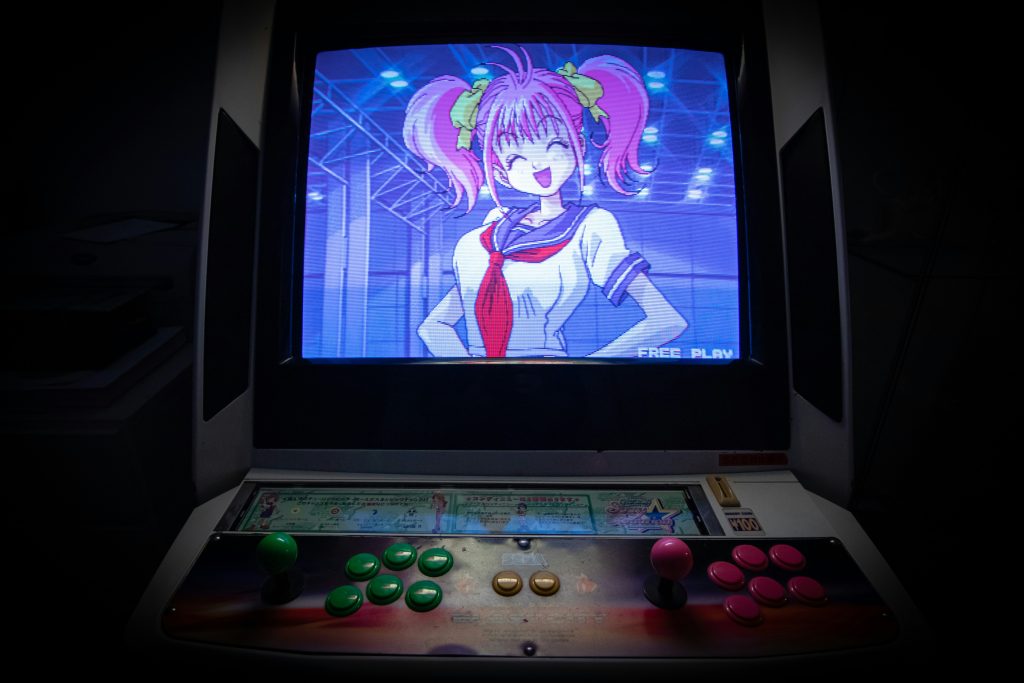
Anime and manga have given rise to vibrant subcultures and communities around the world. These communities are diverse, ranging from casual viewers and readers to dedicated fans who immerse themselves deeply in the world of anime and manga. In this section, we will explore the different subcultures, their activities, and the ways they contribute to the broader cultural landscape.
Otaku Culture
The term “otaku” originally had a somewhat negative connotation in Japan, referring to individuals with obsessive interests, particularly in anime and manga. However, it has since been embraced by fans and has become synonymous with dedicated enthusiasts who passionately engage with their favorite series and characters.
Conventions and Events
Conventions are a cornerstone of otaku culture, providing spaces for fans to gather, celebrate, and share their interests. Major events like Anime Expo in Los Angeles, Comiket in Tokyo, and MCM Comic Con in London attract thousands of attendees each year. These conventions feature a wide range of activities, including:
- Panels and Q&A Sessions: Industry professionals, including voice actors, directors, and artists, participate in panels and Q&A sessions, offering insights into the creation of anime and manga.
- Cosplay Competitions: Cosplay, or costume play, is a popular activity where fans dress up as their favorite characters. Competitions at conventions showcase elaborate and creative costumes, with participants often spending months preparing their outfits.
- Artist Alley and Merchandise Booths: Conventions provide a platform for artists to display and sell their work. Fans can purchase prints, handmade crafts, and official merchandise, supporting both independent creators and established companies.
Fan Art and Fan Fiction
Fan art and fan fiction are creative outlets for fans to express their love for anime and manga. Platforms like DeviantArt, Tumblr, and AO3 (Archive of Our Own) host vast collections of fan-created content. These works often explore alternative storylines, character relationships, and imaginative crossovers, enriching the fan experience and fostering a sense of community.
Doujinshi Culture
Doujinshi are self-published works created by fans and amateur artists, often based on existing anime and manga series. These works can range from original stories to parodies and alternate universes. Doujinshi culture is particularly prominent in Japan, with events like Comiket (Comic Market) showcasing thousands of self-published works. Doujinshi creators, or “doujin artists,” contribute to the diversity and creativity of the anime and manga community.
Cosplay and Its Cultural Significance
Cosplay, short for “costume play,” is a prominent subculture within the anime and manga community. Cosplayers dress up as characters from their favorite series, often showcasing their costumes at conventions and events.
Craftsmanship and Creativity
Cosplay is an art form that requires skill and creativity. Cosplayers invest significant time and effort into designing and constructing their costumes, often using materials like fabric, foam, and thermoplastics. The craftsmanship involved in creating detailed and accurate costumes is highly regarded within the community.
Performance and Expression
For many cosplayers, embodying a character is a form of performance and self-expression. Cosplayers not only replicate the appearance of characters but also adopt their mannerisms and personalities. This immersive experience allows fans to connect more deeply with the characters they love and share that passion with others.
Cultural Exchange
Cosplay fosters cultural exchange by bringing together fans from different backgrounds and regions. International cosplay competitions, such as the World Cosplay Summit in Japan, highlight the global nature of the hobby and encourage cross-cultural interactions. Cosplayers often learn about different cultures and traditions through their participation in events and online communities.
Anime and Manga in the Digital Age
The advent of the internet and digital technology has transformed the way fans engage with anime and manga. Online platforms, social media, and streaming services have made it easier than ever for fans to access content, connect with each other, and participate in the community.
Streaming Services
Streaming platforms like Crunchyroll, Funimation, and Netflix have revolutionized the distribution of anime, making it accessible to a global audience. These services offer extensive libraries of anime series and films, often with subtitles and dubbing in multiple languages. The convenience of streaming has contributed to the growing popularity of anime outside Japan.
Social Media and Online Communities
Social media platforms like Twitter, Instagram, and Reddit are vital for anime and manga communities. Fans use these platforms to discuss their favorite series, share fan art, and stay updated on industry news. Online forums and subreddits dedicated to specific anime and manga provide spaces for in-depth discussions and fan theories.
Fan Subbing and Scanlation
Before the widespread availability of licensed translations, fans took it upon themselves to translate and distribute anime and manga. “Fan subbing” (fan subtitling) and “scanlation” (scanned translation) communities played a crucial role in introducing non-Japanese speakers to anime and manga. While these practices have decreased with the rise of legal streaming and publishing, they highlight the dedication and resourcefulness of the fan community.
Economic Contributions of Fan Activities
The activities of anime and manga fans contribute significantly to the economy, supporting various industries and creating economic opportunities.
Merchandise Sales
The demand for anime and manga merchandise is substantial, driving sales of items like figures, posters, clothing, and accessories. Companies frequently collaborate with popular series to produce limited-edition products, attracting collectors and enthusiasts. Merchandise sales generate significant revenue for both the creators and the companies involved.
Convention Tourism
Anime and manga conventions attract visitors from around the world, boosting local economies through tourism. Attendees spend money on travel, accommodation, food, and event tickets, benefiting hotels, restaurants, and local businesses. Major conventions can have a substantial economic impact on their host cities.
Creative Industries
Fan activities such as cosplay, fan art, and doujinshi creation support the broader creative industry. Cosplayers often commission artists and prop makers for custom pieces, while fan artists and doujinshi creators sell their work at conventions and online. These activities provide income for independent creators and stimulate the creative economy.
The Future of Anime and Manga Communities
The future of anime and manga communities looks promising, with continued growth and innovation on the horizon. As technology evolves and new platforms emerge, fans will have even more opportunities to engage with their favorite series and connect with each other.
Virtual and Augmented Reality
Virtual reality (VR) and augmented reality (AR) technologies offer exciting possibilities for the future of anime and manga fandom. VR experiences can immerse fans in the worlds of their favorite series, allowing them to interact with characters and environments in new ways. AR technology can enhance conventions and events, providing interactive and immersive experiences for attendees.
Global Collaborations
The increasing globalization of anime and manga presents opportunities for cross-cultural collaborations and new creative projects. International partnerships between Japanese creators and global studios can result in innovative and diverse content that appeals to a wide audience. These collaborations have the potential to enrich the medium and foster greater cultural exchange.
Sustainability and Ethical Practices
As the anime and manga industry continues to grow, there is a growing awareness of the need for sustainable and ethical practices. Fans and industry professionals are advocating for better working conditions for animators and fair compensation for creators. Supporting official releases and purchasing licensed merchandise are ways fans can contribute to the industry’s sustainability.
Conclusion: The Vibrant World of Anime and Manga
Anime and manga have created a rich and diverse cultural landscape, bringing together fans from around the world to celebrate their shared passions. The subcultures and communities that have emerged around these mediums are testament to their enduring appeal and impact.
As technology advances and the global reach of anime and manga expands, the future holds exciting possibilities for fans and creators alike. The vibrant world of anime and manga will continue to inspire, connect, and entertain audiences for generations to come, fostering creativity, cultural exchange, and a deep appreciation for the art of storytelling.
